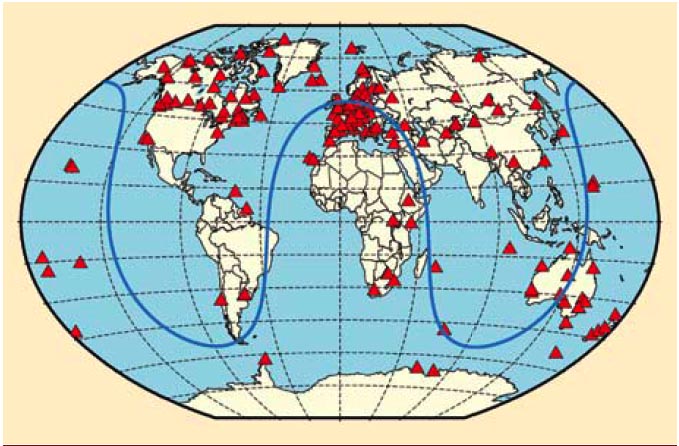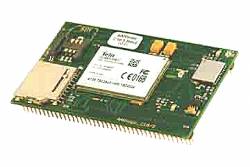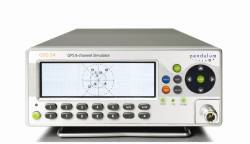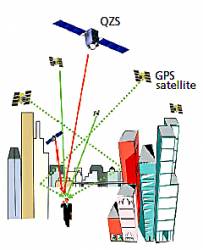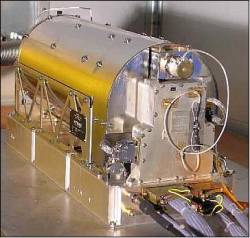High-Integrity Global Positioning at Issue as Congress Works Through 2011 GPS Funding

GPS-related procurement and development items in President Obama’s proposed budget for fiscal year 2011 are moving through Capitol Hill, but not without contention. At issue is Obama’s request for $40.9 million for the High-Integrity Global Position System (HIGPS, also known as iGPS).
By Inside GNSS
